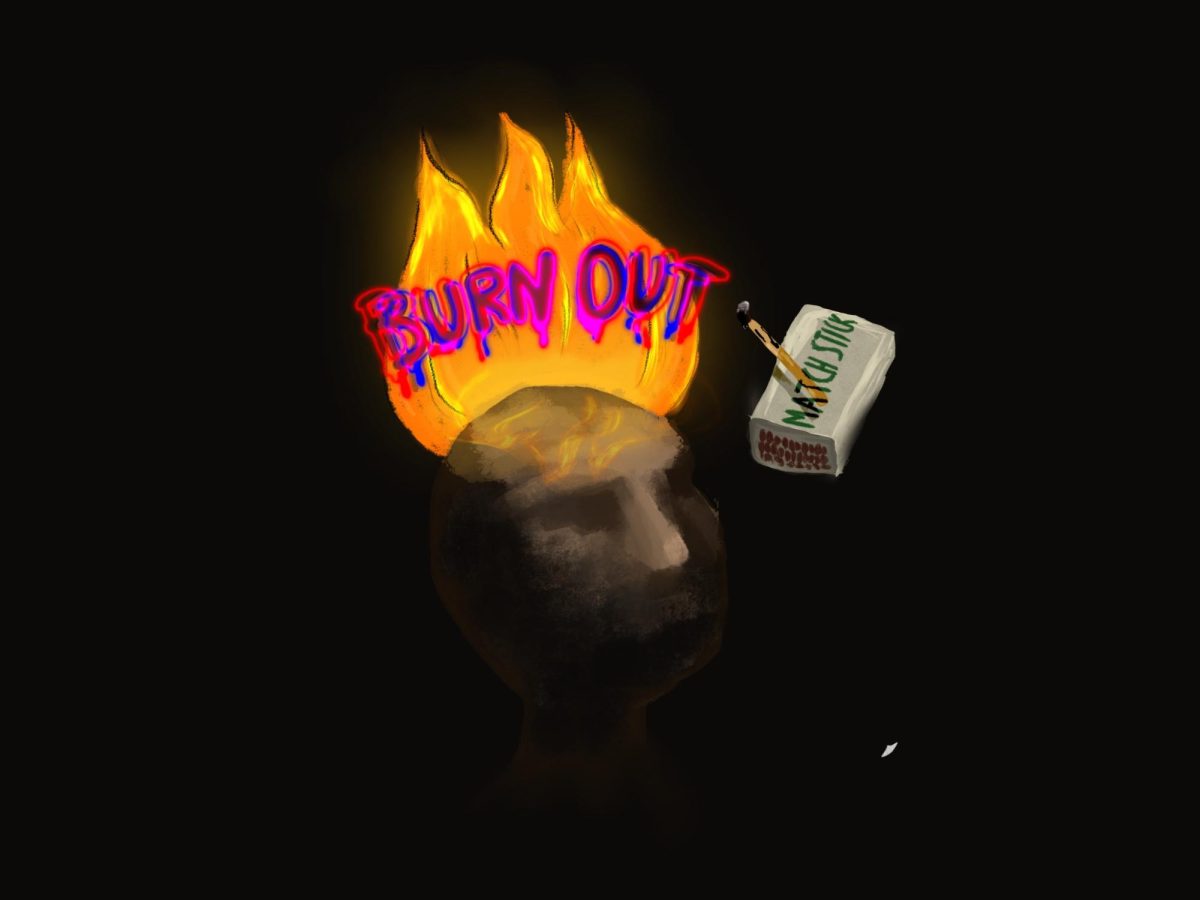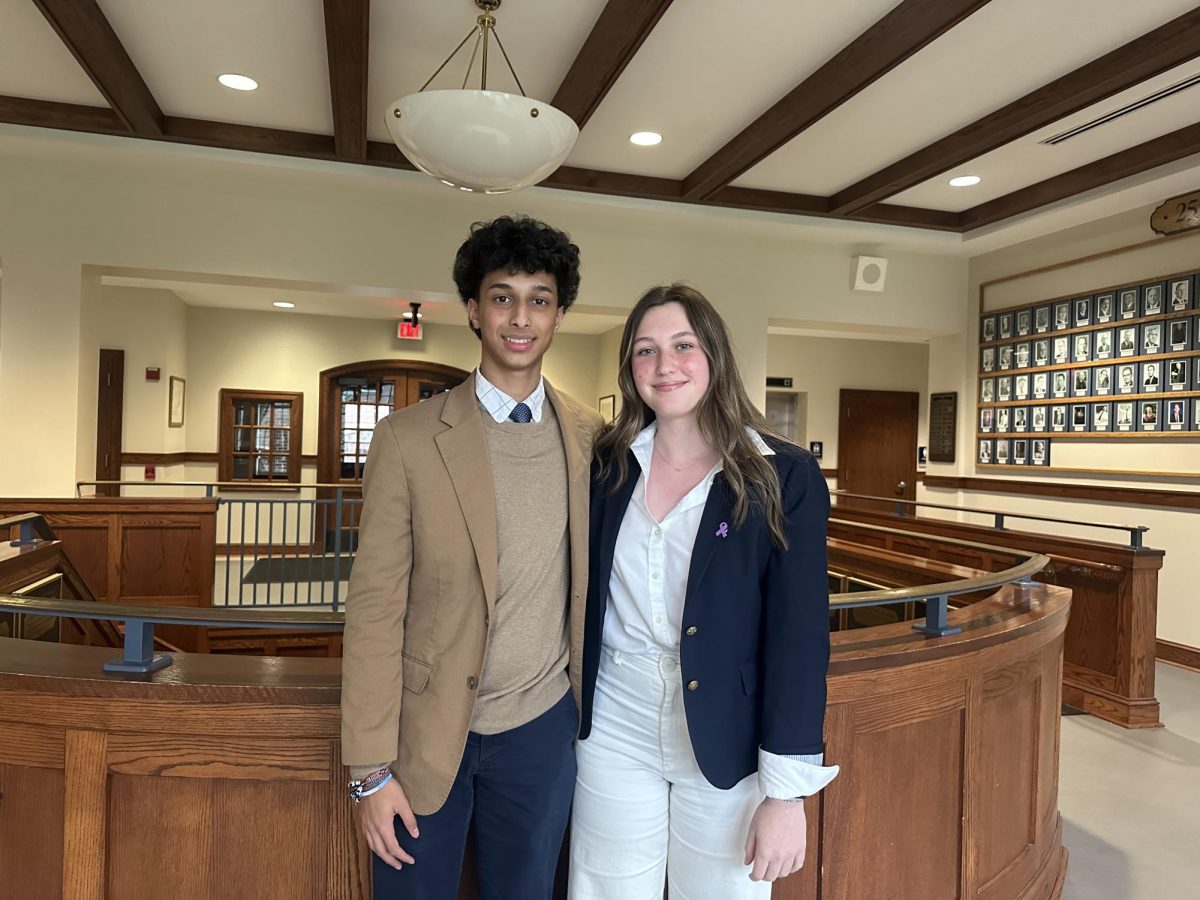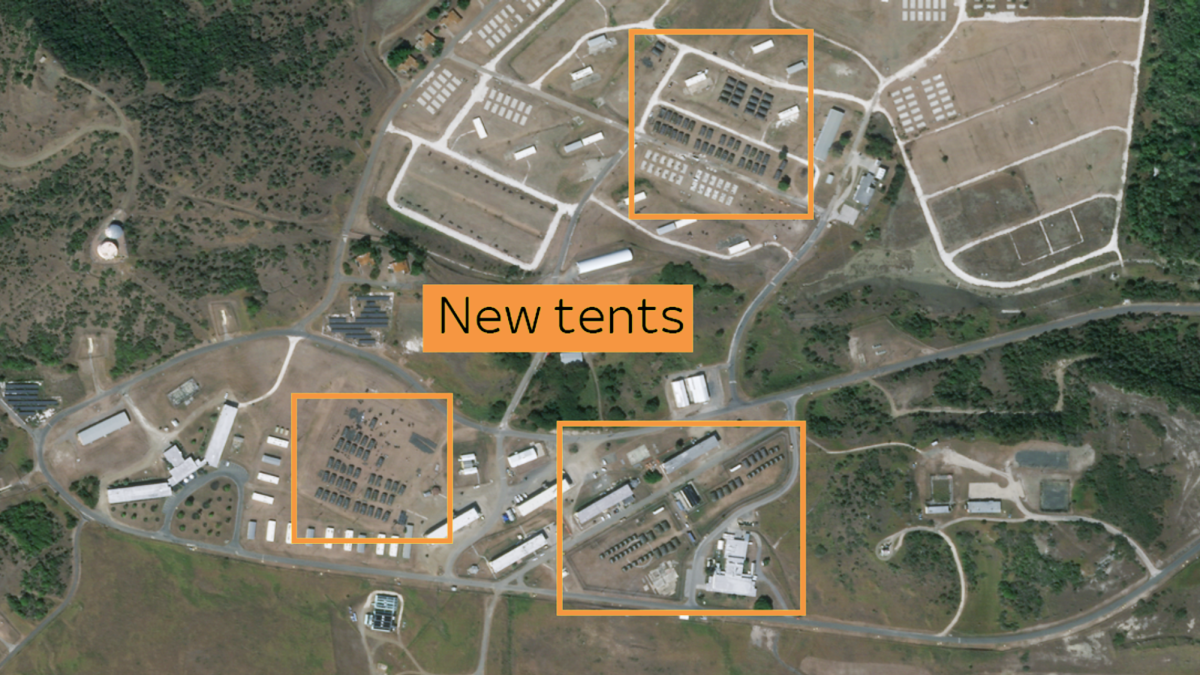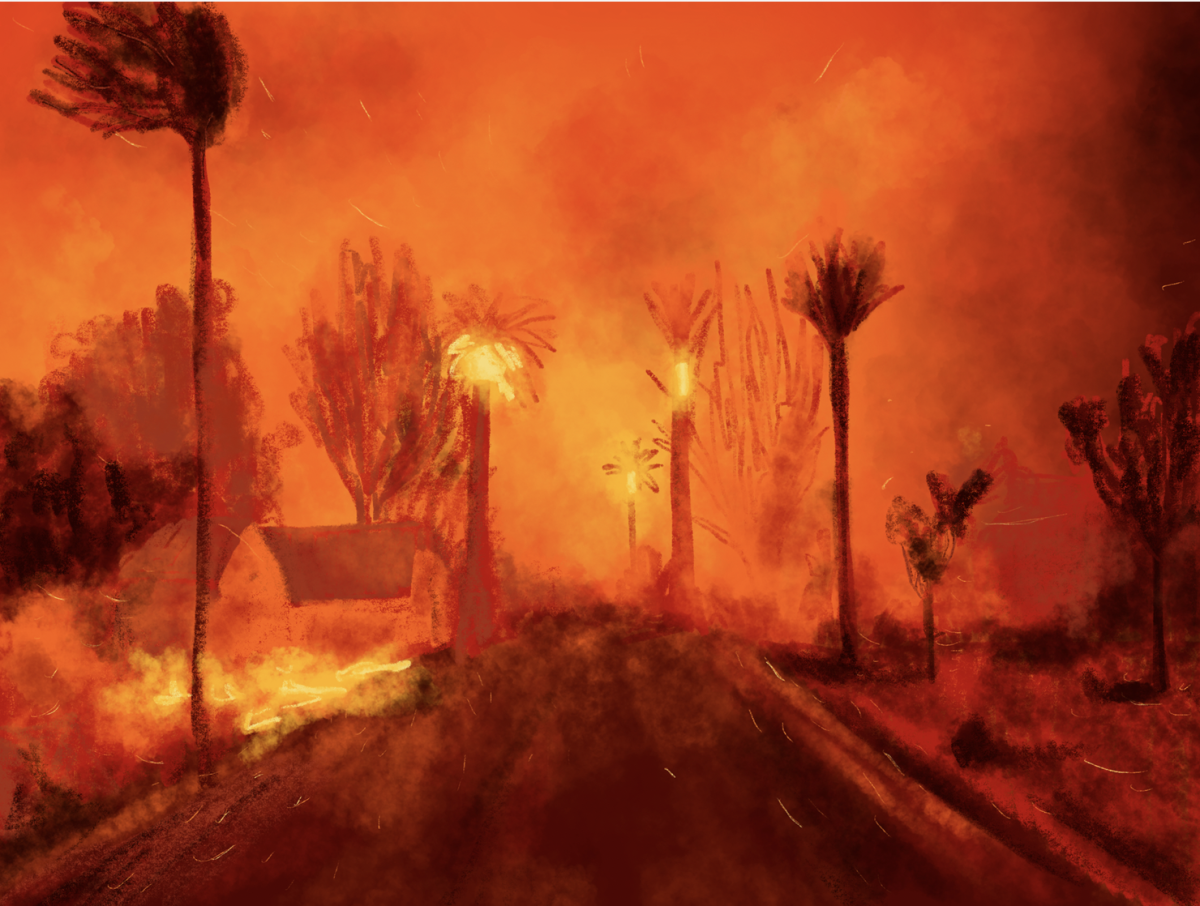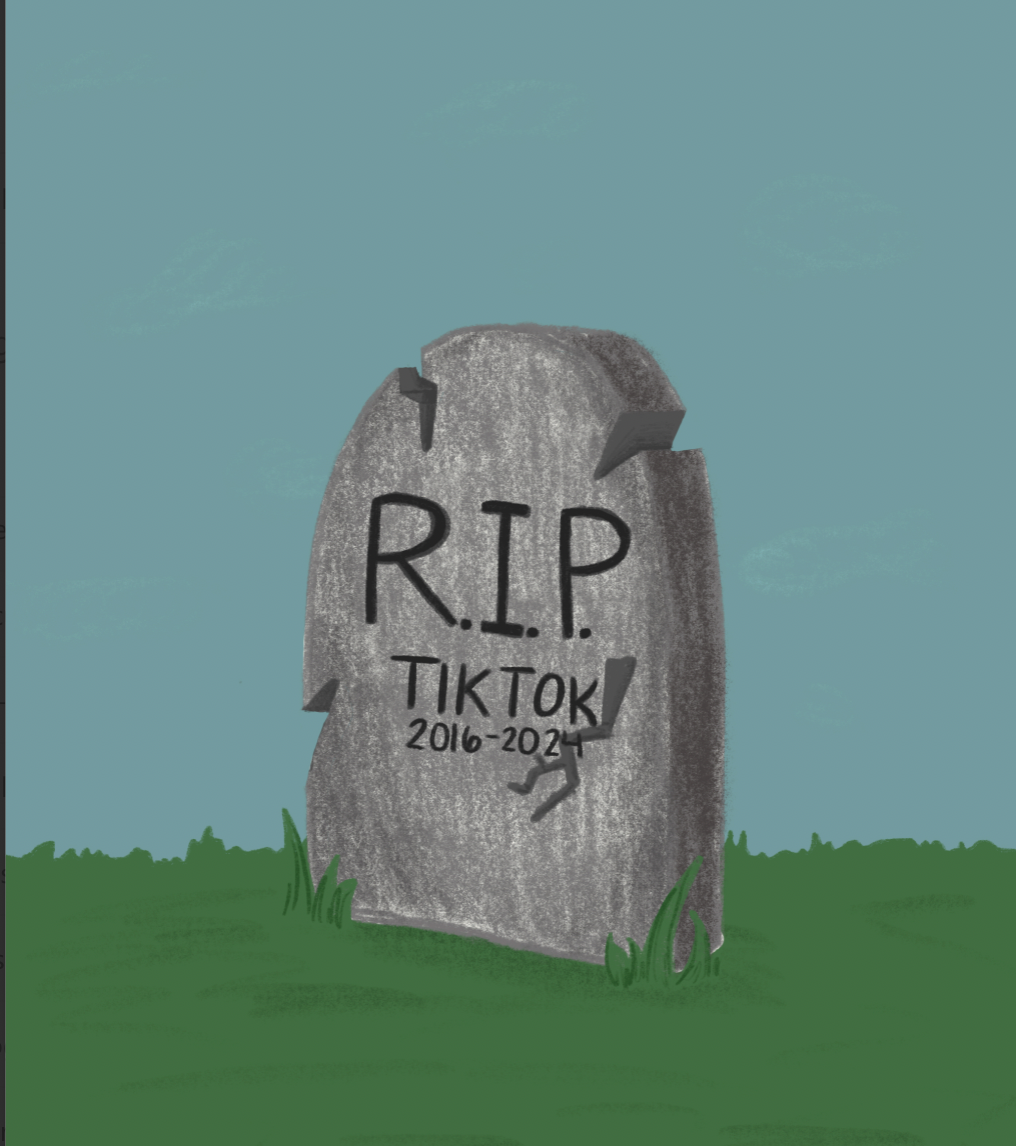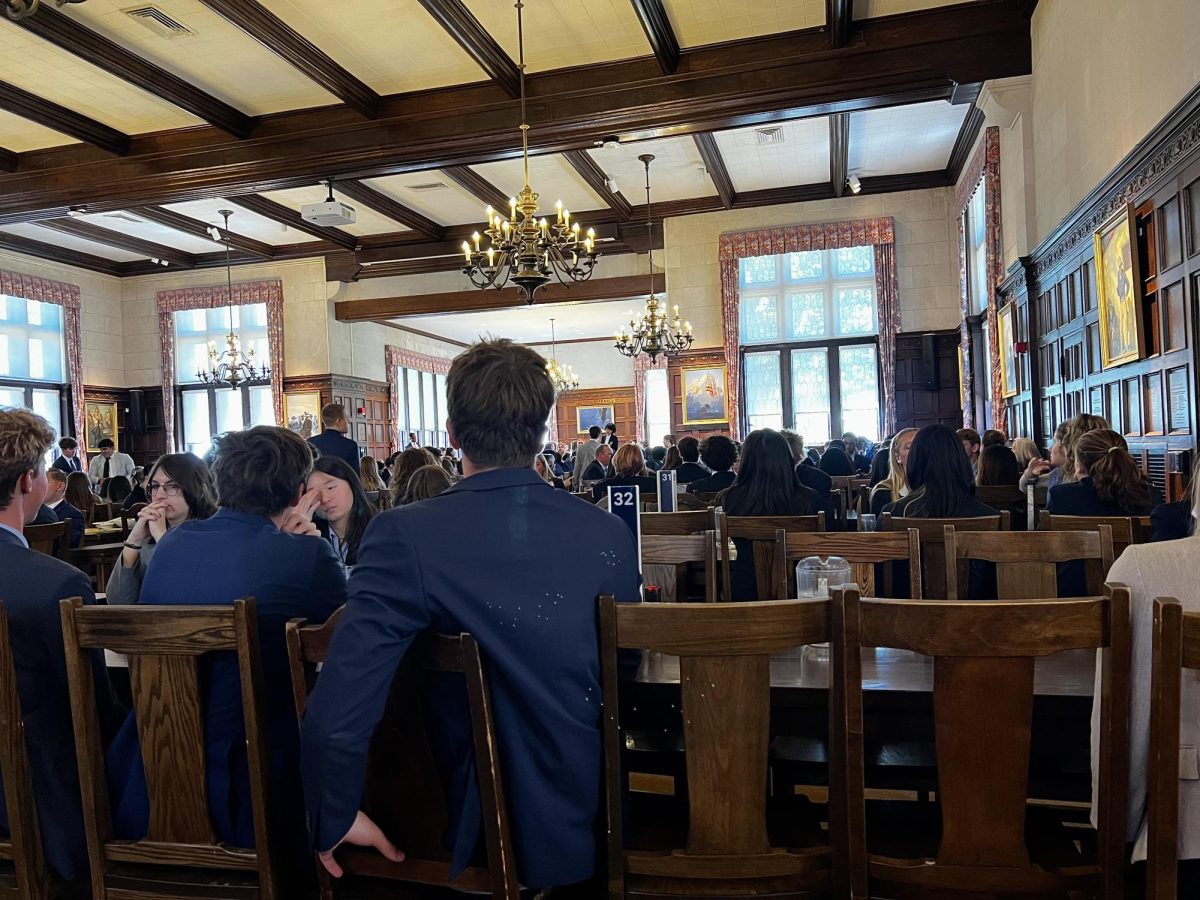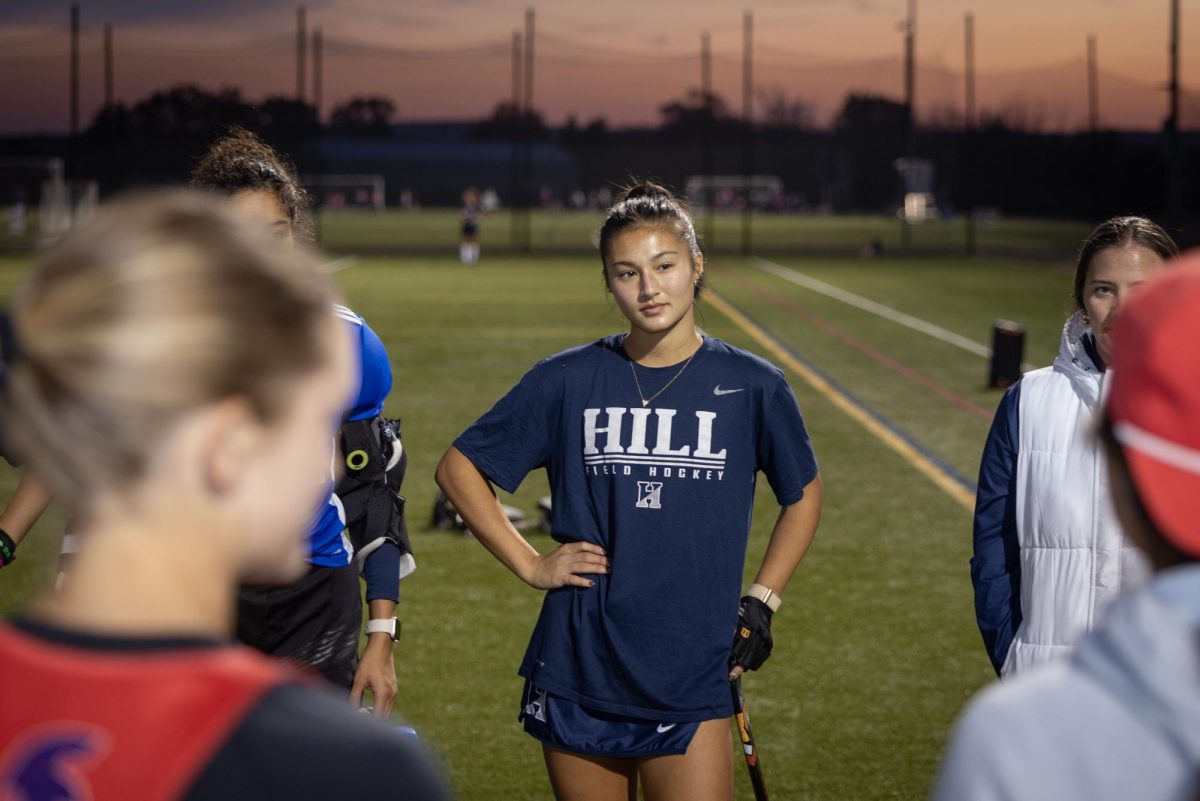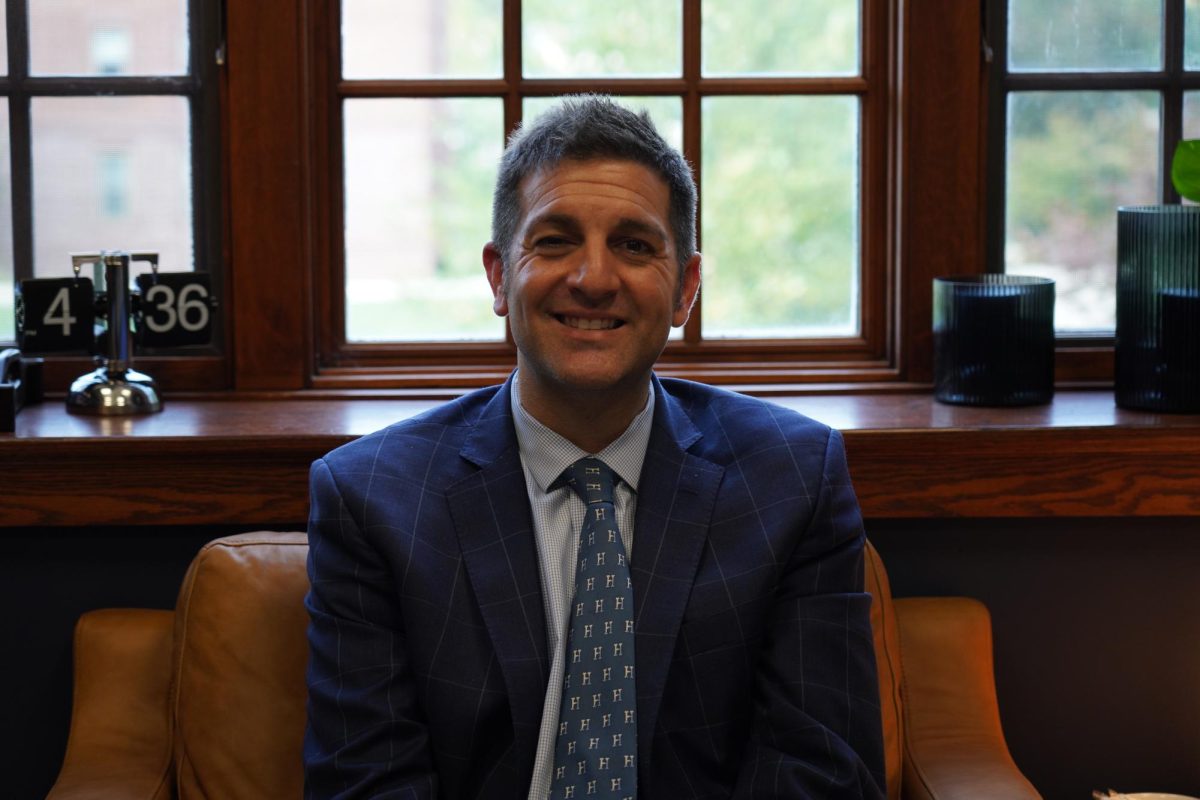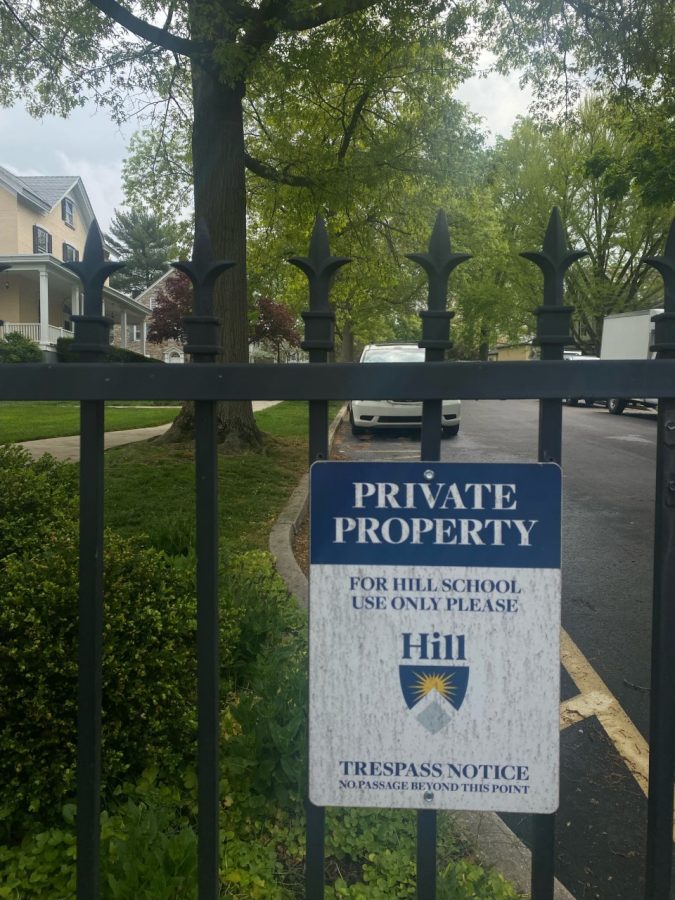Hill must better communicate campus security protocols and expectations
Media: Jason Zhou ’23
The fences around Hill perimeter hold up private property signs for security reasons.
On Feb. 8, The Hill community conducted its first school-wide muster and fire drill of the 2022-2023 school year at the end of seated lunch. An announcement was made that directed people to clear the dining hall and then promptly return.
Chaos and confusion soon followed. Most students, and even some faculty members, were clueless about the fire drill details. Masses of people gathered directly outside at the dining hall patio, a clearly unsafe area if it were an actual fire, and went off to their respective classes.
“It was pretty chaotic, I didn’t know what to do at all,” first-year 6th former Mauricio Choussy said. Several faculty members, who preferred to remain anonymous given the contention around the subject, also made similar comments.
This single exercise underscored a worrying lack of clear security protocols, drills, and communication at Hill. The school must act now to communicate clear emergency guidelines and utilize past security drills, even when changes are being made.
In years past, the student body participated in routine security drills that prepared the student body for a range of emergency responses.
One such drill was the orange hat and gloves drill, in which security tested the time it took for students to report the location of the person wearing the orange hat and gloves. This sought to test students’ vigilance and readiness to respond to the presence of a suspicious person on our campus. This exercise was not carried out this year.
“The bad guys do not wear orange hats,” Trish Haas, director of security, explained after a surprise security drill was conducted on April 24. Two visitors from the district attorney’s office walked around campus in plain clothes and talked with students until they were confronted by someone inquiring about their presence. It took 45 minutes until their whereabouts were relayed to security.
It is true that bad guys do not wear brightly colored clothing. But this logic misses a fundamental point. Clearly defined drills not only help alert the student body, but they also inform the community about the correct protocols to enact during an emergency. Drills are educational as much as they are preparatory. Without communicating the rules and expectations of emergency action, students are left in the dark.
Many students are not familiar with the logistics of fire drills and the variety of alarm tones, which can range from a simple bell to pre-recorded messages. This confusion directly caused panic when an actual fire alarm went off in Upper School dormitories in the early morning of Feb. 17.
“When the alarm sounded, I was in bed,” Upper School West dormitory resident Cecile Wegman ’23 said. “It went off and said something like ‘there is an emergency, please exit the building.’ My immediate thought was that there might be an active shooter especially because there were police cars on campus. There was no real communication as to what was going on until we got to the quad.”
In addition, two single rooms in the Upper School dormitory, one in each wing, do not have a built-in broadcast speaker, resulting in the student inside not waking up to the alarm.
“My room can detect smoke, but there is no sound piece to the fire alarm,” Avelyn Higgins ‘24, who lives on the first floor of the Upper School East dormitory, said. “Whenever the fire alarm goes off, I usually can’t hear it. When it was set off, I was asleep, and someone had to call me to wake me up. I was 20 minutes late than everyone else when I finally went down to the quad.”
Similar sentiments were shared when another fire alarm went off in the US dormitory at 8:01 p.m. on April 19. Students exited the building and were told to relocate to the Ryan Library steps.
Kim Monzingo ’23 elaborated, “We kind of just walked outside, and they didn’t tell us what to do. Then someone said go to the stairs, but we were like, ‘What stairs?’”
The confusion surrounding these drills further highlights the worrying lack of communication and preparedness among the Hill community.
After the initial fire drill on Feb. 8, we originally reached out to Haas on Feb. 10, expressing our concern about the situation and offering to help communicate security drill information. The last time students were given basic security information was during an all-school meeting in September, and we, as the editorial board, wanted to organize this information and publish it as a resource for the Hill community members to view.
Haas explained that some of our questions cannot be answered because the answers are subjected to change.
“Our critical response team is working on updating the school’s current plan,” Haas stated in an email. “Once those changes are complete the Hill community will be updated.”
Haas mentioned that we should check back with her in March if we have any further updates or questions. On March 27, we wrote again to Haas in hopes of getting new information on the security drill logistics.
“Currently, we are still working things out,” Haas stated in an email. “As I am sure you know everything comes to a halt during long breaks. It is tough to have meetings and such.”
This gap in our security protocols is something that really concerns us, especially after the 2023 Covenant School shooting. In the unfortunate reality of American society, schools need to prepare and protect their members from extreme scenarios. According to Gun Violence Archive, after we reached out to Haas on Feb. 10, there have been 102 mass shootings in the U.S., eight of which were school shootings.
On April 12, we wrote to Haas again to gain insight on Hill security planning.
“During a critical incident on campus our mass notification system, Blackboard, will inform students, faculty, and staff via text, email, and phone calls when there is a drill or urgent need for attention,” Haas stated in an email. “Instructions on how to proceed pending the circumstances will also be in the mass notification alert,”
Haas also mentioned that she and her staff work tirelessly to ensure campus protection.
“I work closely with the police chief, and he will immediately contact me if there is a possible threat to the Hill Community,” Haas added. “My security team patrols campus and the perimeter around campus, so they are aware of what takes place on campus and just outside of campus in our neighboring community.”
Though Hill may have a system in place to communicate emergencies, that does not replace the vital need for drills and exercises, which reduce panic and fundamentally inform the student body how to act. Students should not have to rely on communications made during a state of emergency to know what to do and where to muster.
Since we last wrote to the security administration on April 12, there still has been no additional information communicated about any of the security drills or plans.
Our writing staff talked to interim Head of School Sylvia Rodriguez Vargas, and she agreed that it is crucial for people to be familiar with what to do in the case of an emergency.
“Avoidance does not reduce anxiety,” Rodriguez Vargas stated in an email. “Knowledge, information, and practice will help us.”
Rodriguez Vargas ensured that the school’s critical response team, a committee made up of various faculty and staff, are scheduled to meet to review processes and consider the best way to communicate what the protocols are under various situations.
“The safety and security of our campus is a top priority for Hill, and we are working diligently to review, revise, and communicate relevant best practices for our community,” Rodriguez Vargas stated in an email.
Yet, we still don’t clearly understand how to respond to emergencies. The confusion regarding security measures must end. Even as Hill is changing its security guidelines, it must better inform community members on how to muster and respond in emergency situations. In the meantime, Hill can pull from its rich array of past drills and work towards a safer community.

